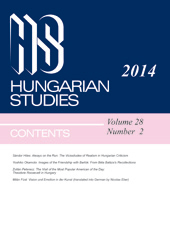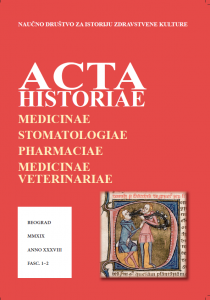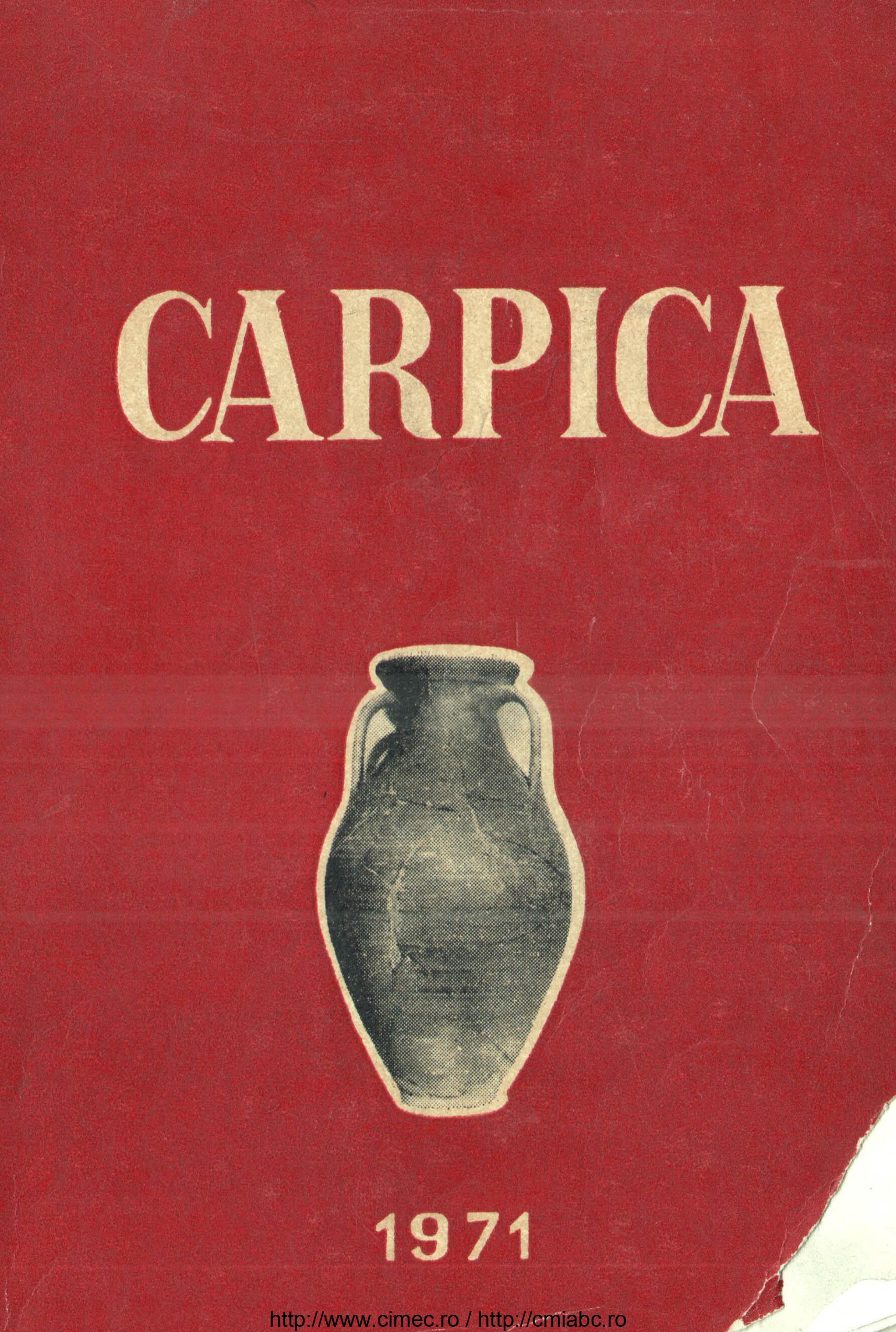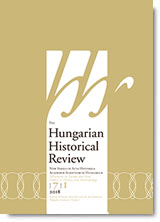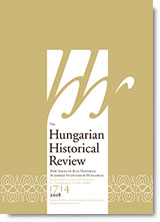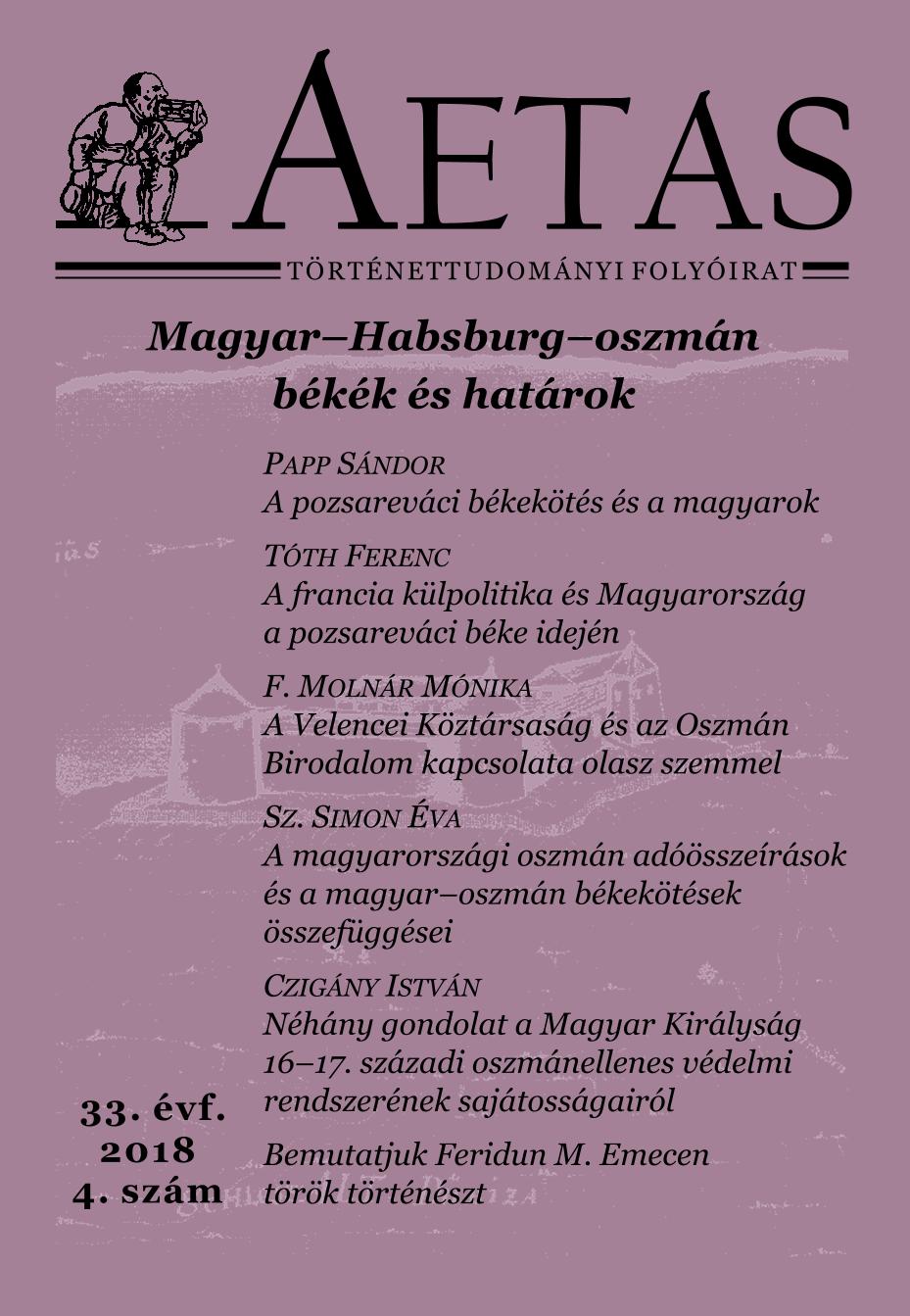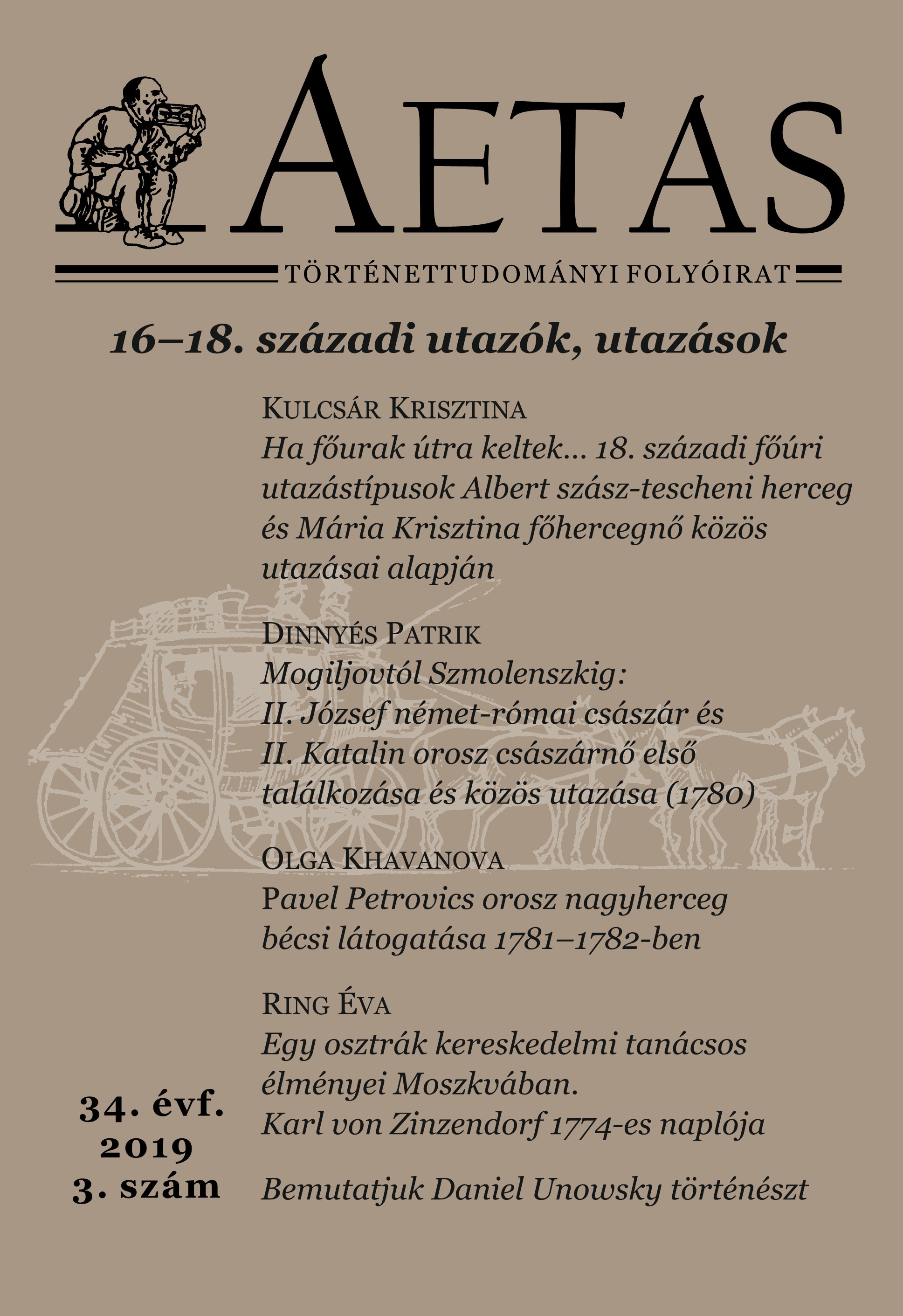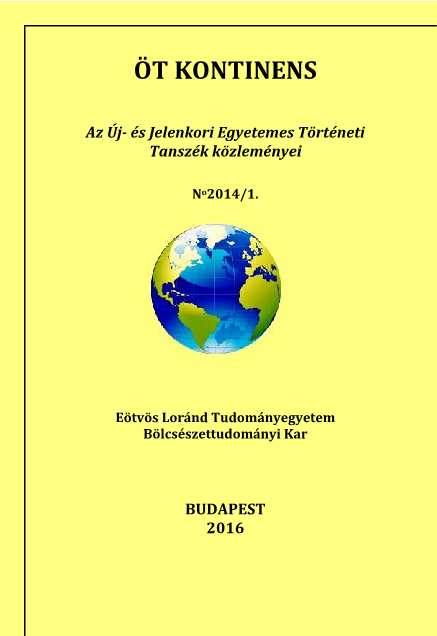
Alexander Bekovich Cherkassky’s Campaign to Central Asia and India in 1714-1717
The study deals with one branch of the Russian policy of the Peter I period, heading towards establishing contacts with India via Central Asia. Author describes in introduction the Russian attempts to establish trade and diplomatic relations with India in the 17th century. Subsequently, he analyses the information and errors, relied on by the Russian policy in this area, their gradual disproving by various expeditions organized both from the Siberian centers, both from Astrakhan. The greatest attention is paid to campaigns of Alexandr Bekovich Cherkassky in Central Asia 1714-1717. Based on a detailed study of sources, he attempts to evaluate the significance of these expeditions both for growing of geographic knowledge of the area as well as assessment of the possibilities of Russian expansion to Central Asia and India. The conclusion is devoted to the analysis of the causes of the tragic end of Cherkassky campaign to Khiva in 1716-1717.
More...
